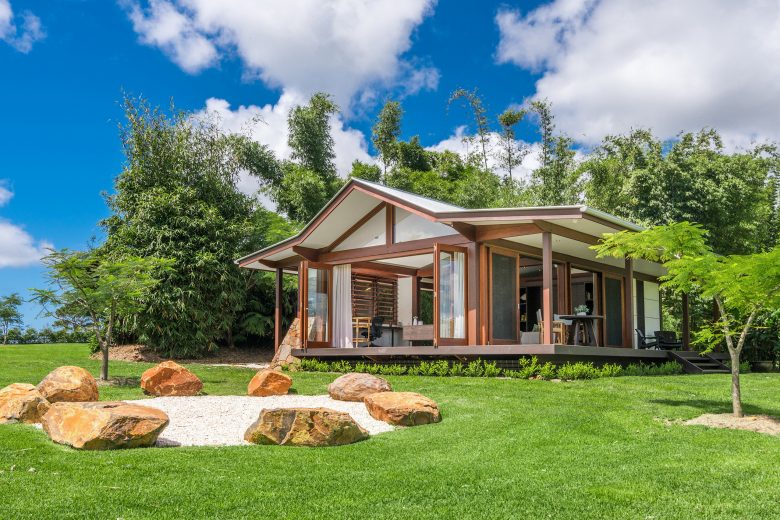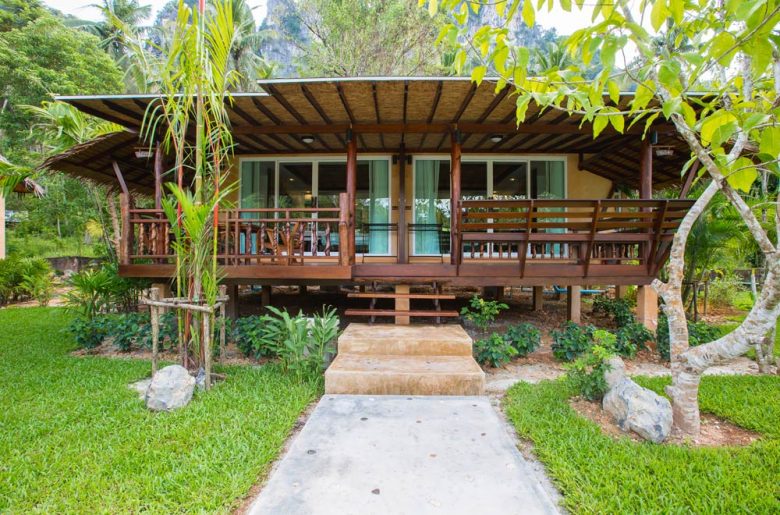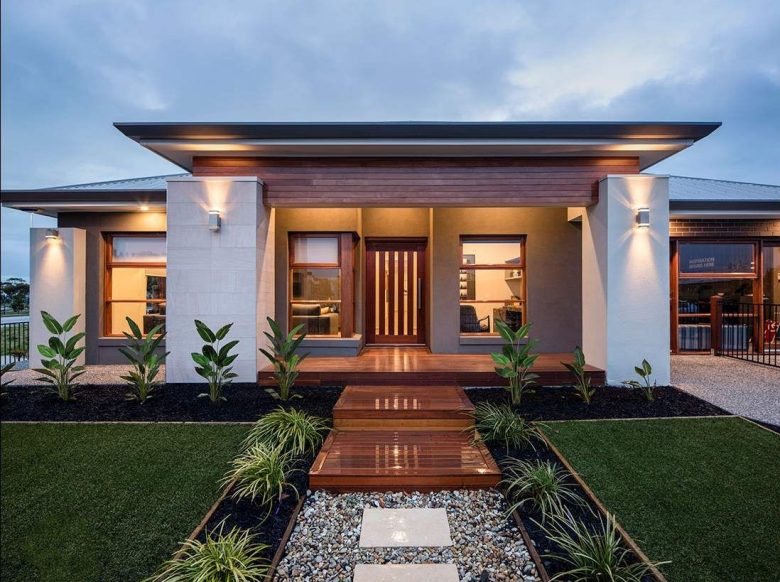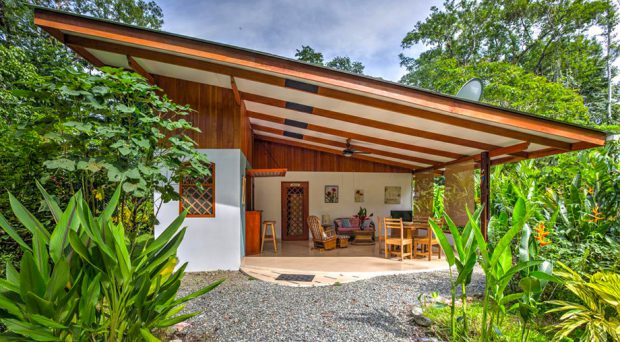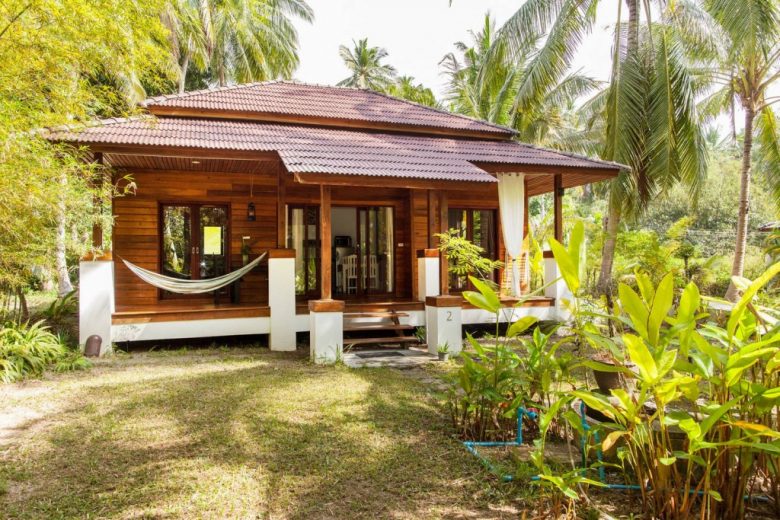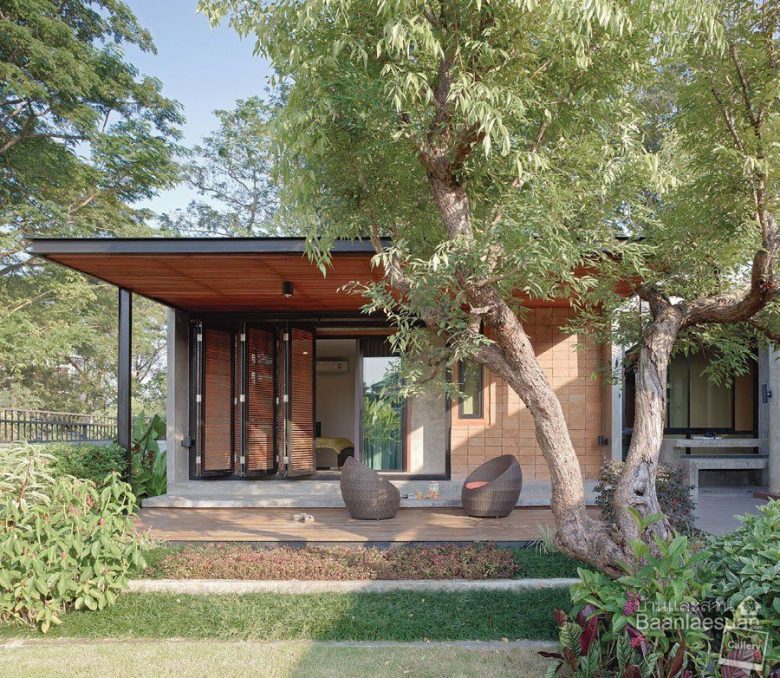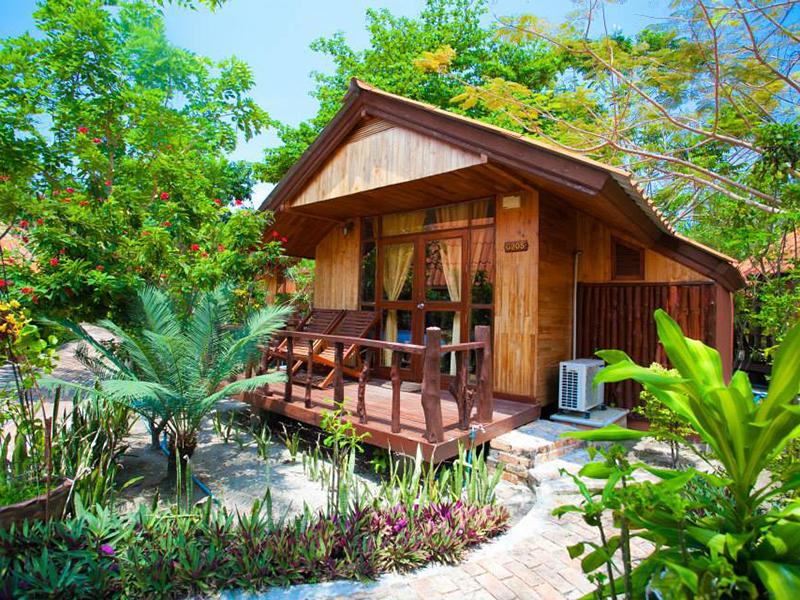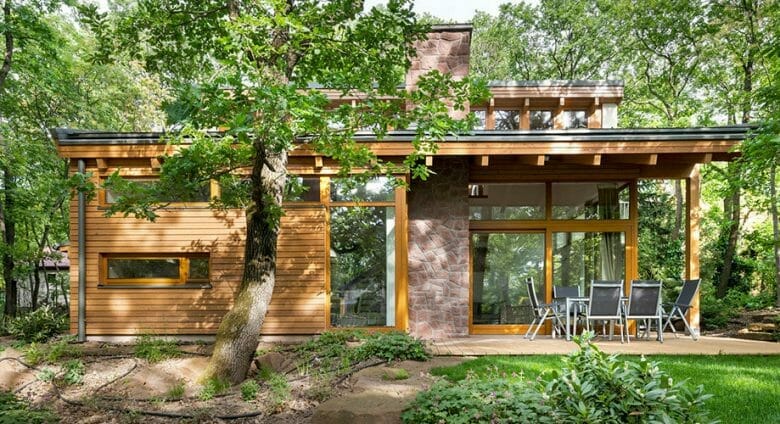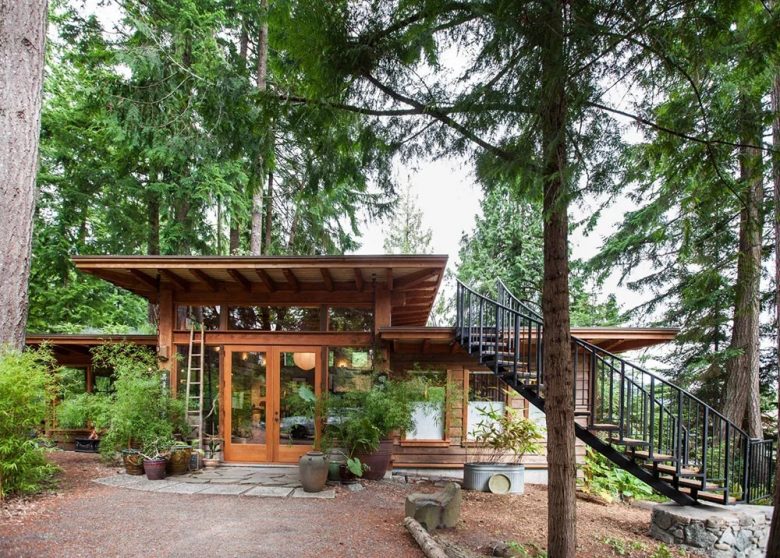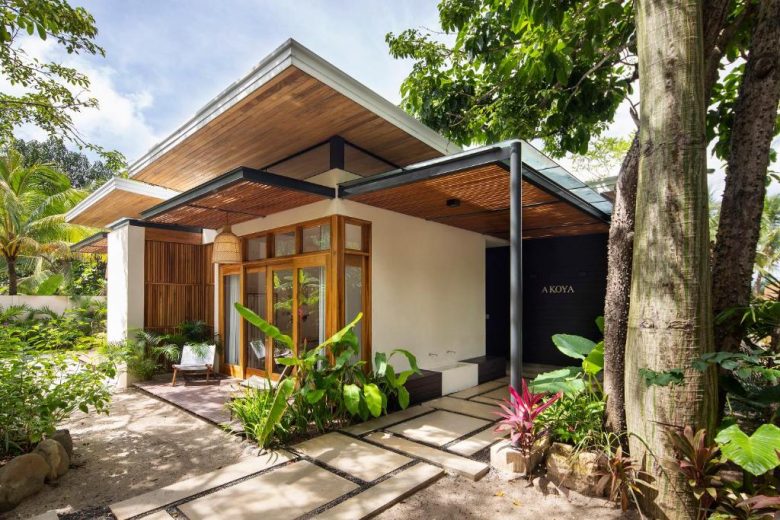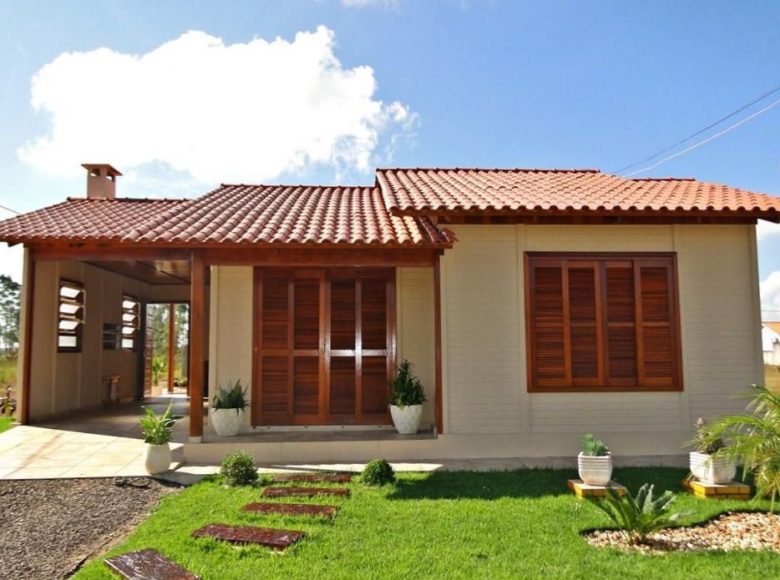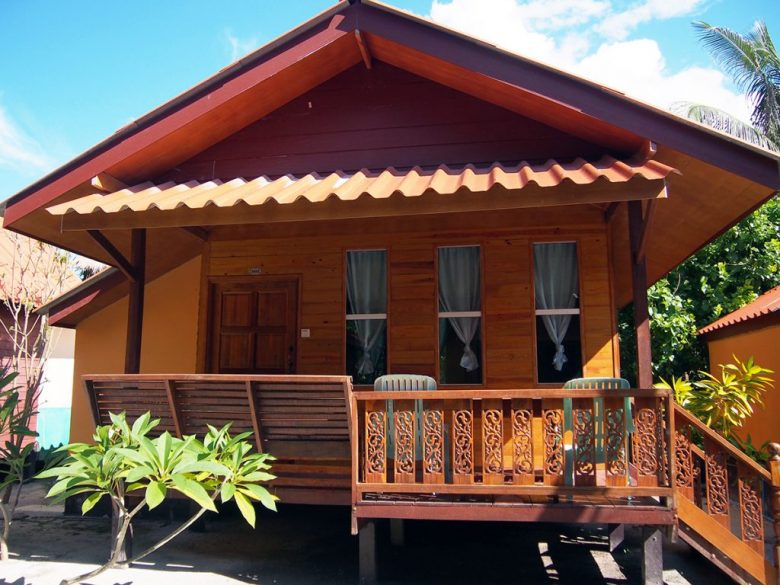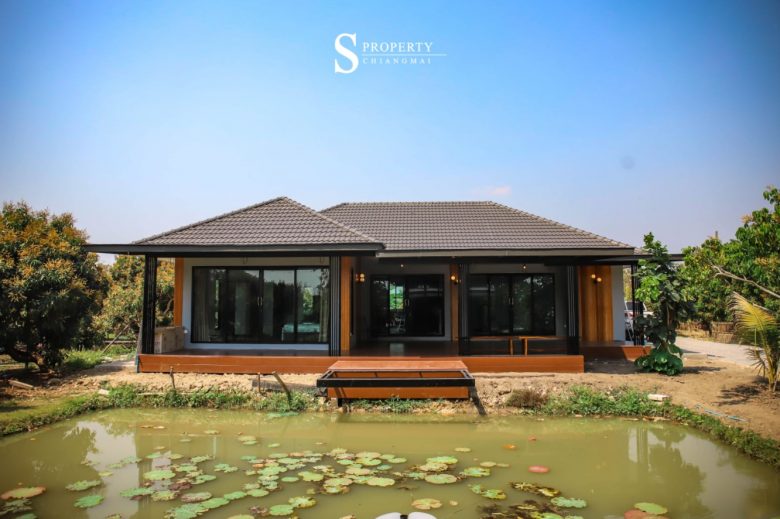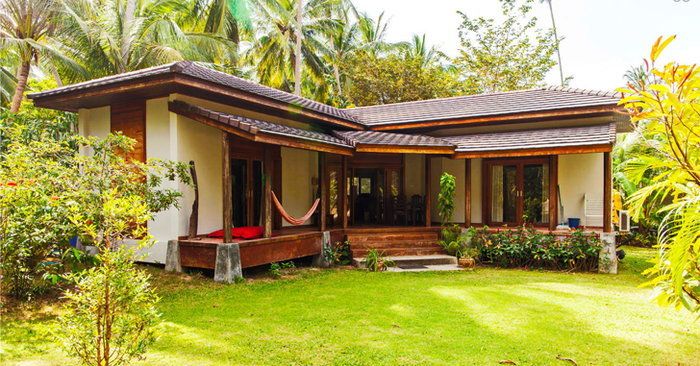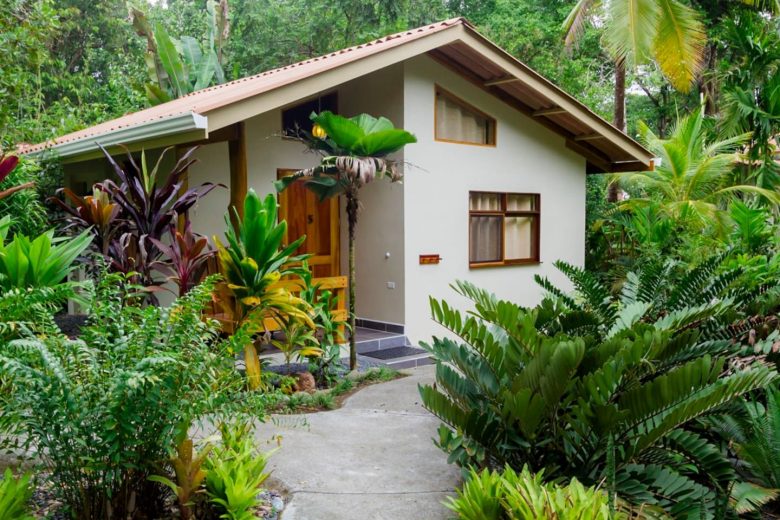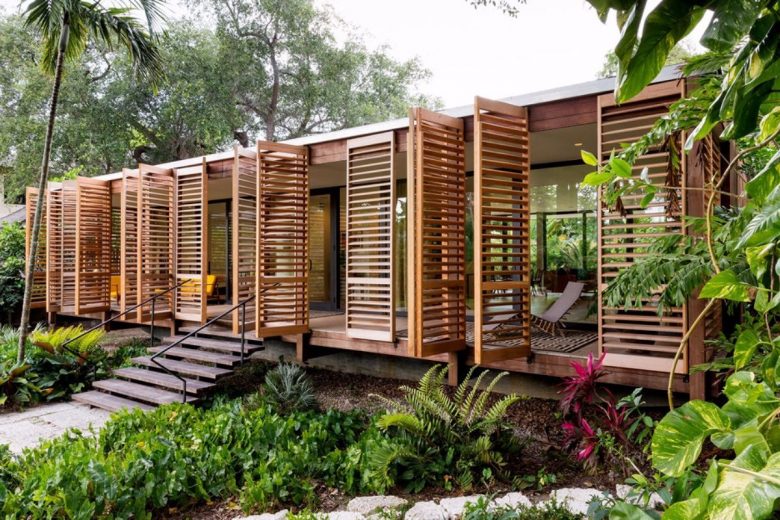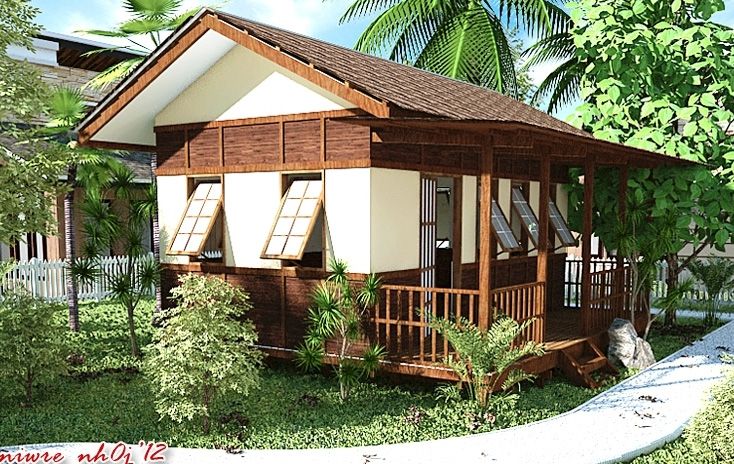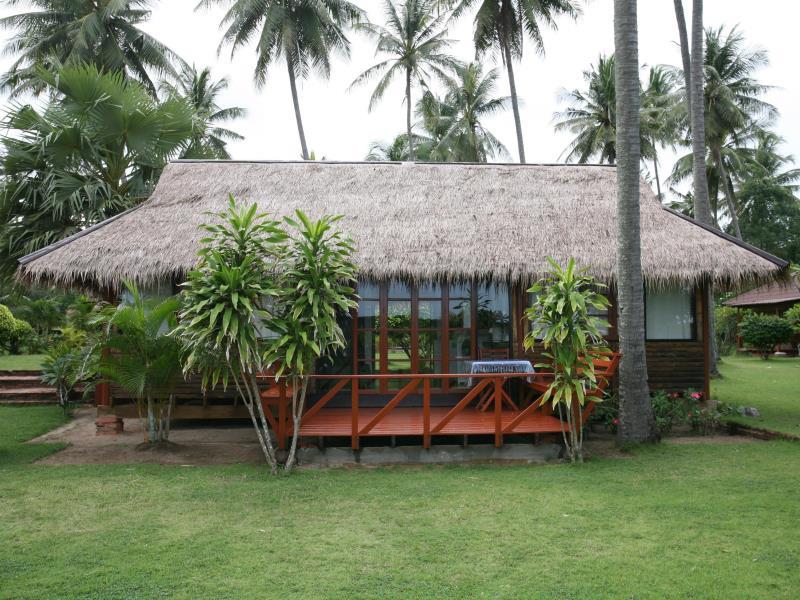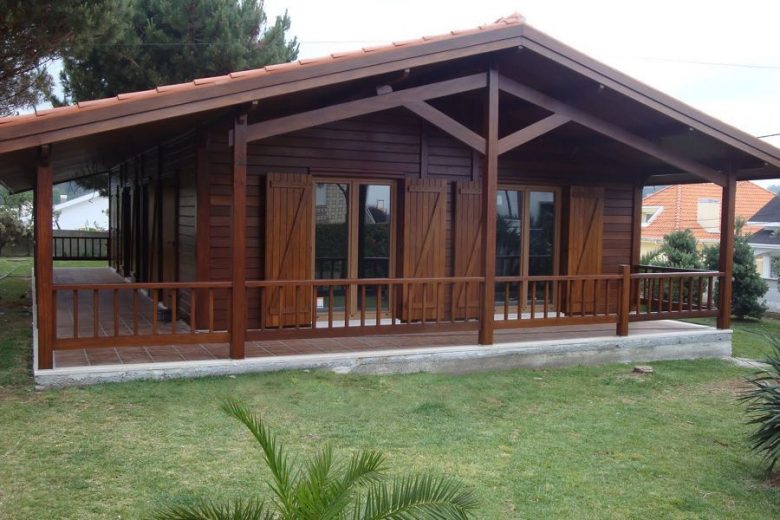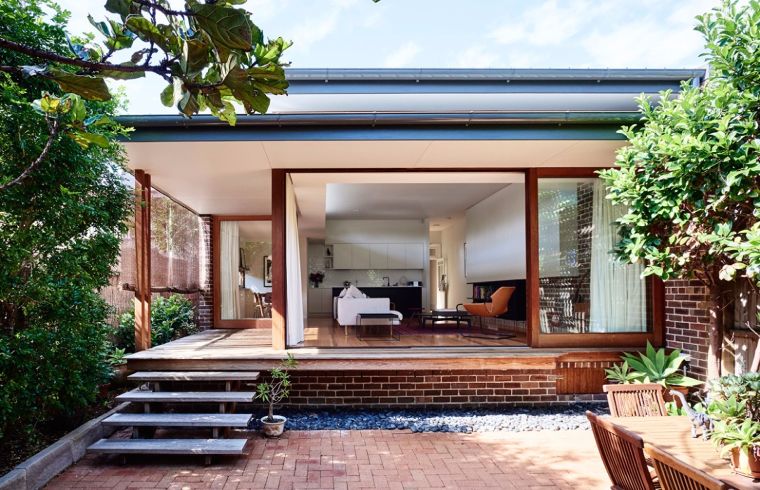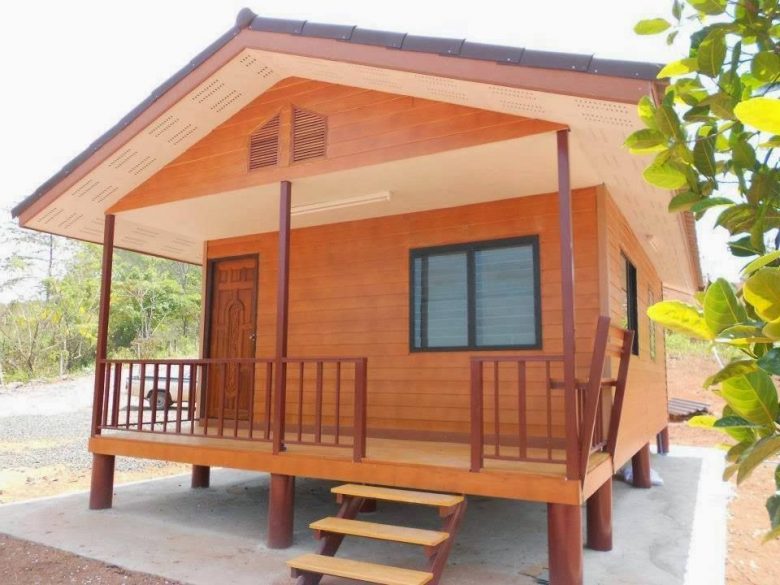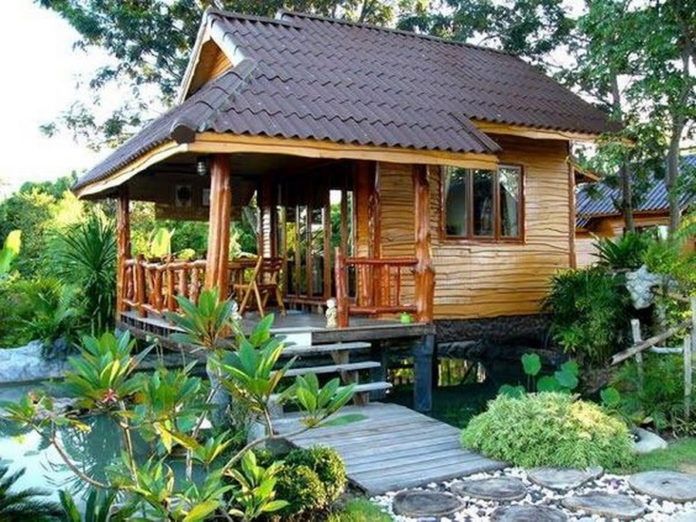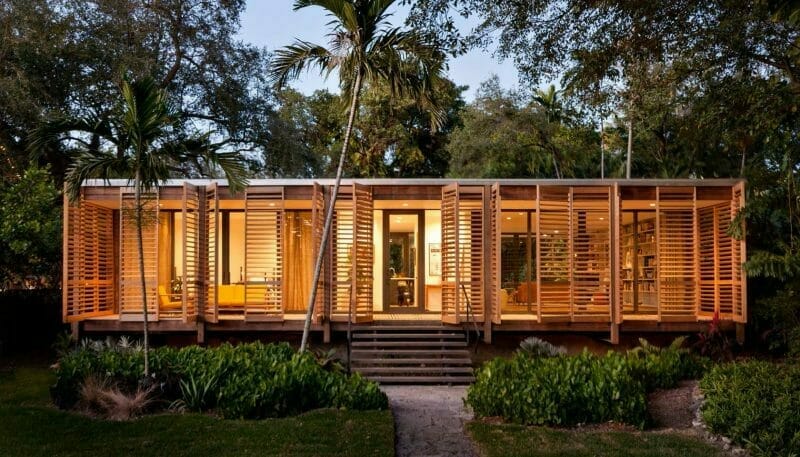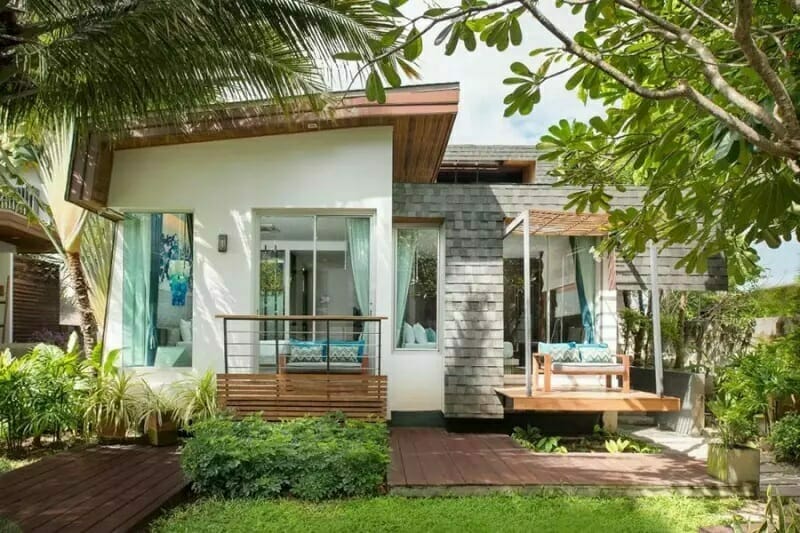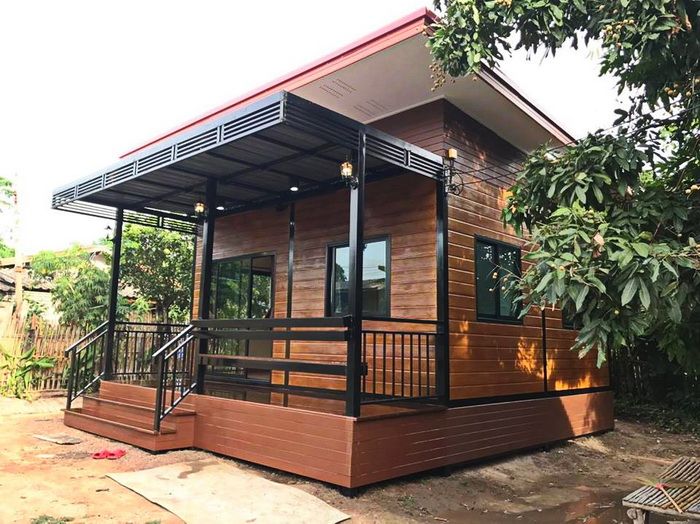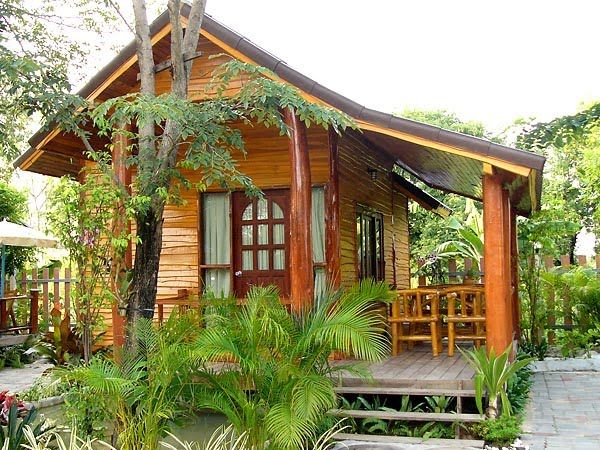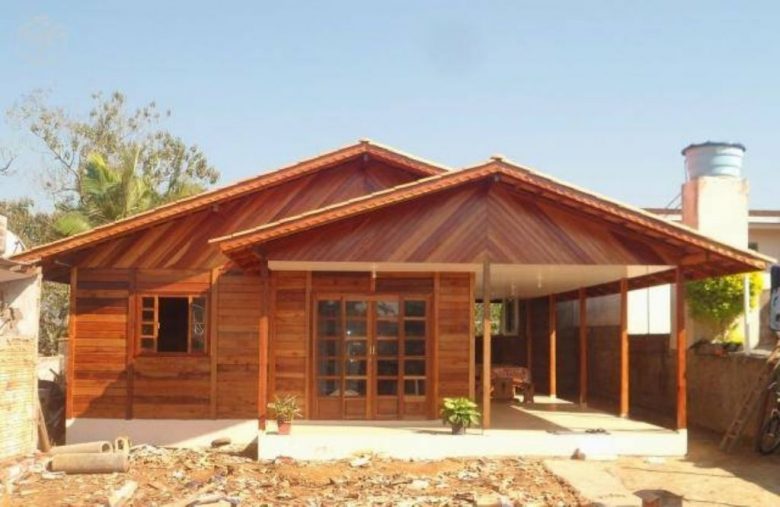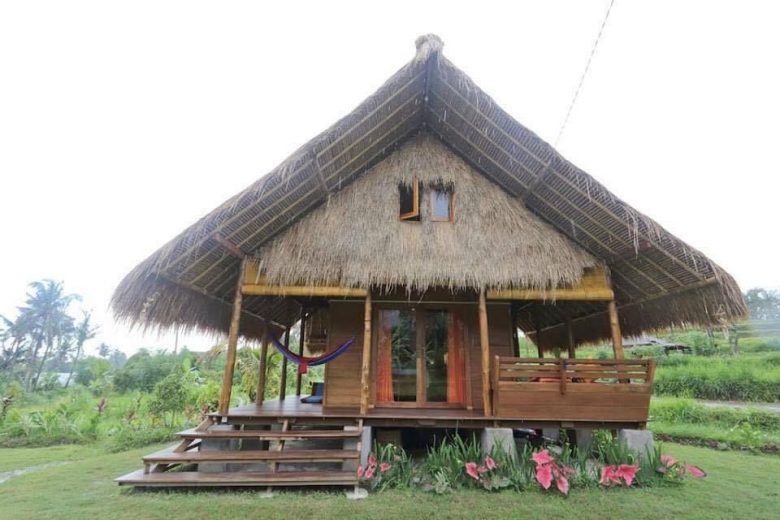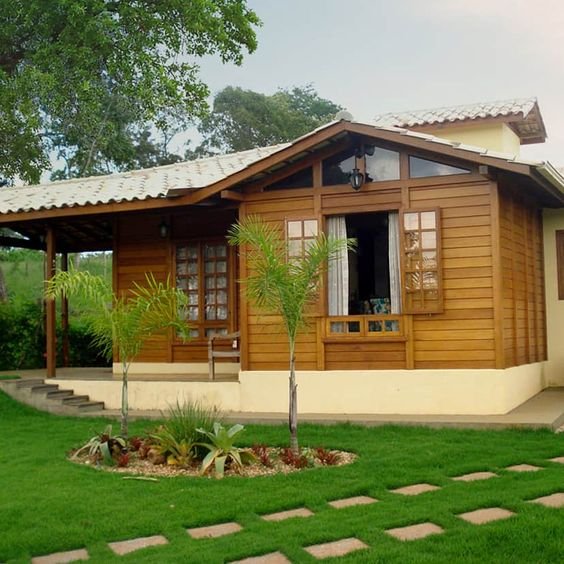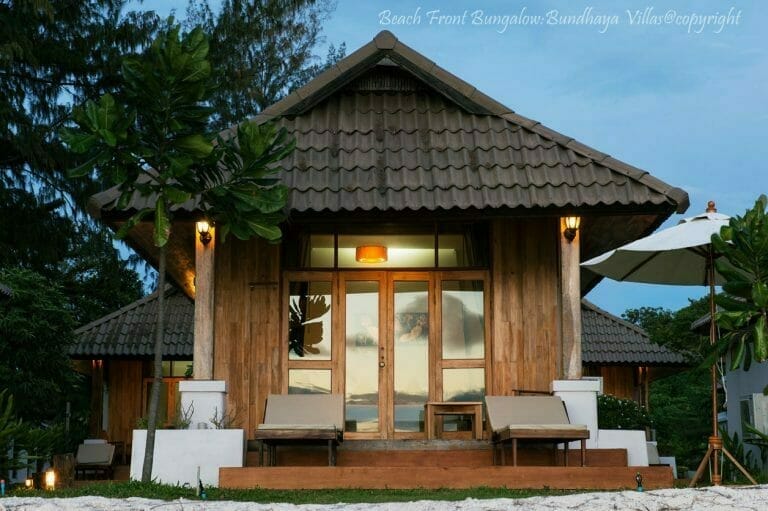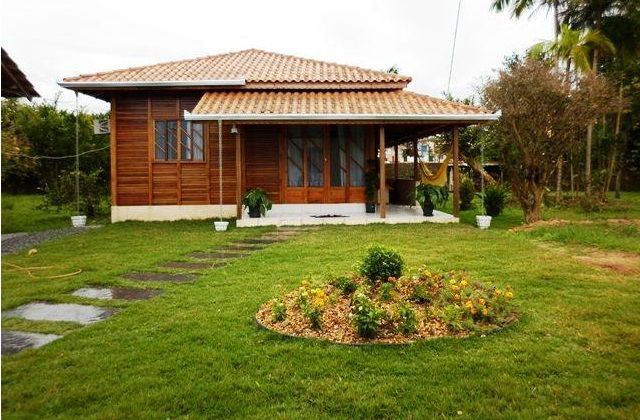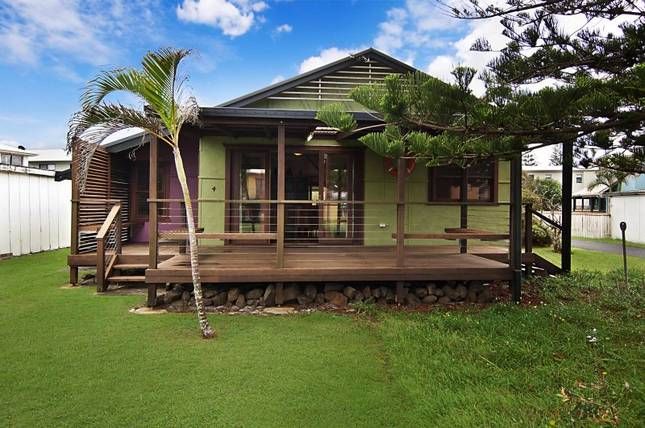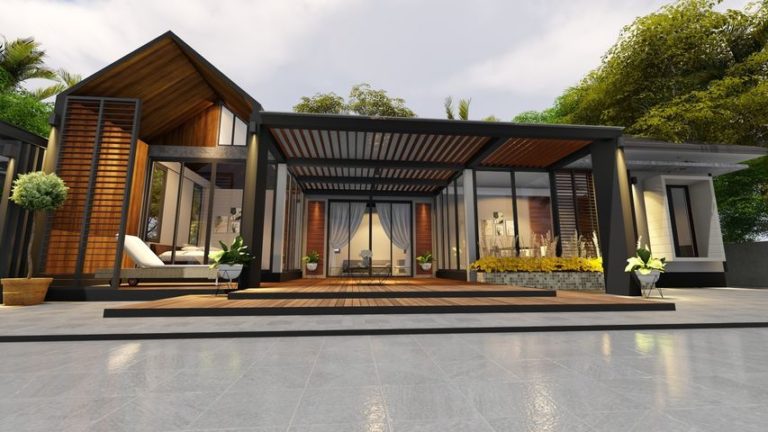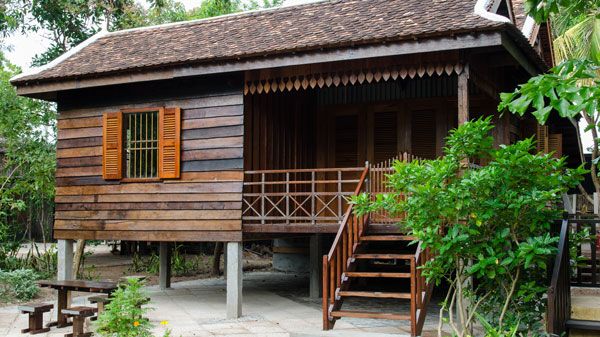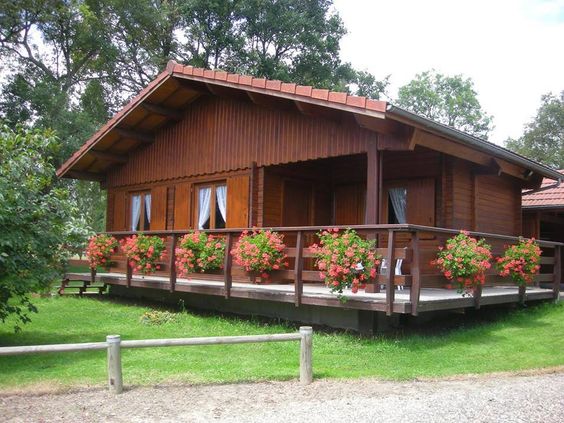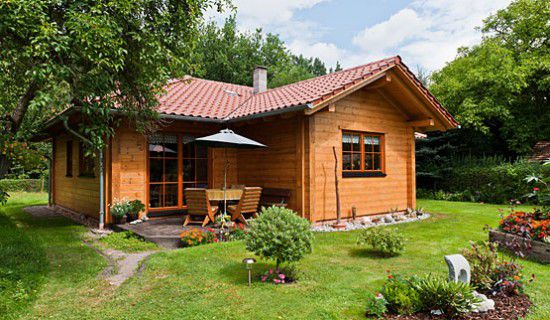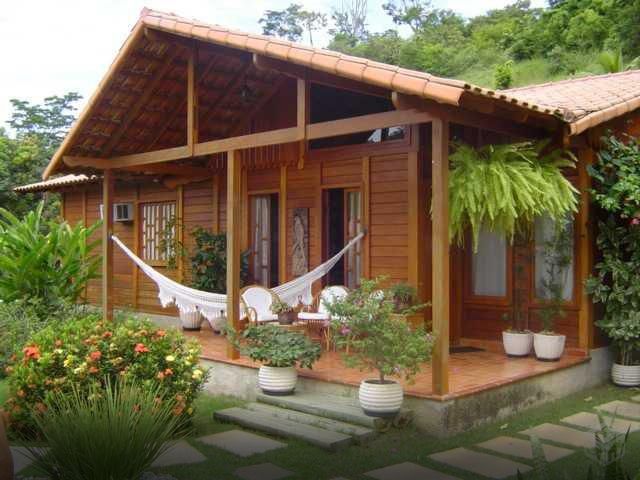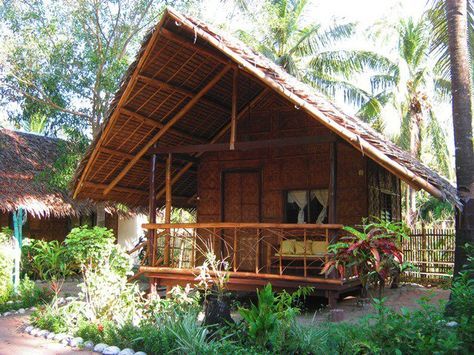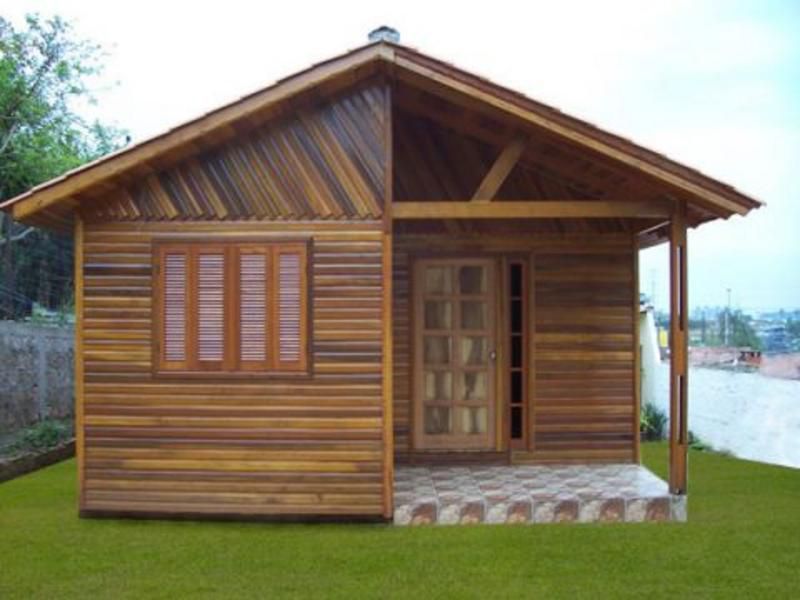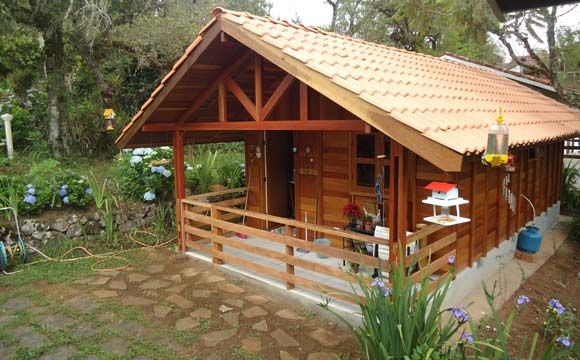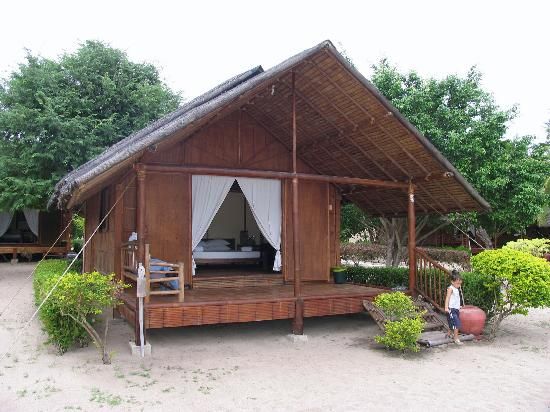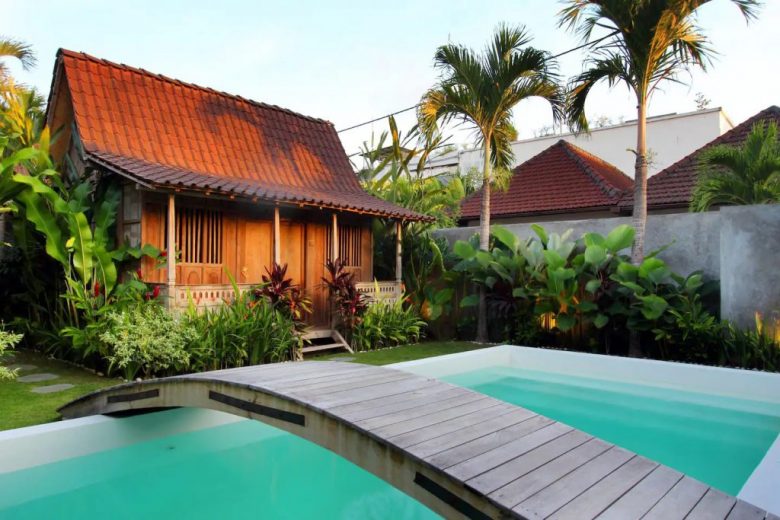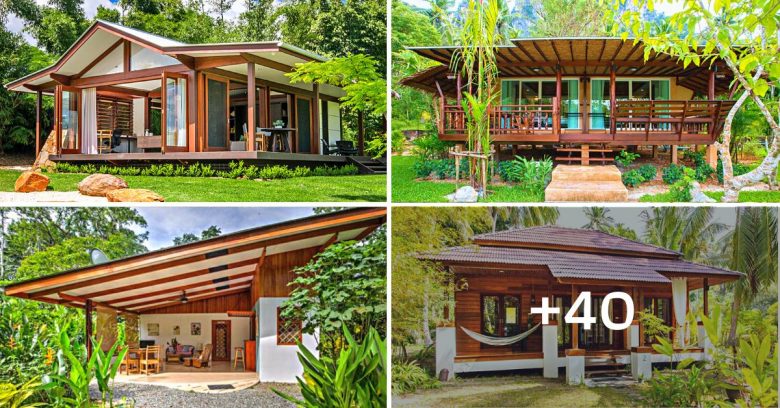
As tropical climates see a high level of rainfall and humidity along with year-round sunshine, temperature in the evening normally ranges from 25-27°C and even warmer at night, from 25-30°C. Not only does this condition affect the culture of tropical countries citizens, but it also influences the way they build their residences and other constructions.
Tropical architecture consists of buildings specifically designed for tropical climates, with the objective of producing pleasant living conditions while reducing the buildings’ energy consumption, particularly the cooling load.
Ventilation is among the many things to thoroughly plan for when it comes to building in hot or tropical climates.
This is something that can be achieved through passive design, the process of regulating indoor temperatures by making the climate work in our favour.
Most tropical houses also have big roof overhangs or double roof systems to fend off solar heat and glare.
But since tropical countries also have wet months, angles are crucial in making sure rain water flows away from the building, which is why sloped roofs are the way to go.
The roof materials are the next thing that could help a house curb heat. Clay is heat resistant by nature and is the traditional choice, but reflective metal roofs can also keep buildings cooler.
.
.
.
.
.
.
.
.
.
.
.
.
.
.
.
.
.
.
.
.
.
.
.
.
.
.
.
.
.
.
.
.
.
.
.
.
Credit: Pinterest

